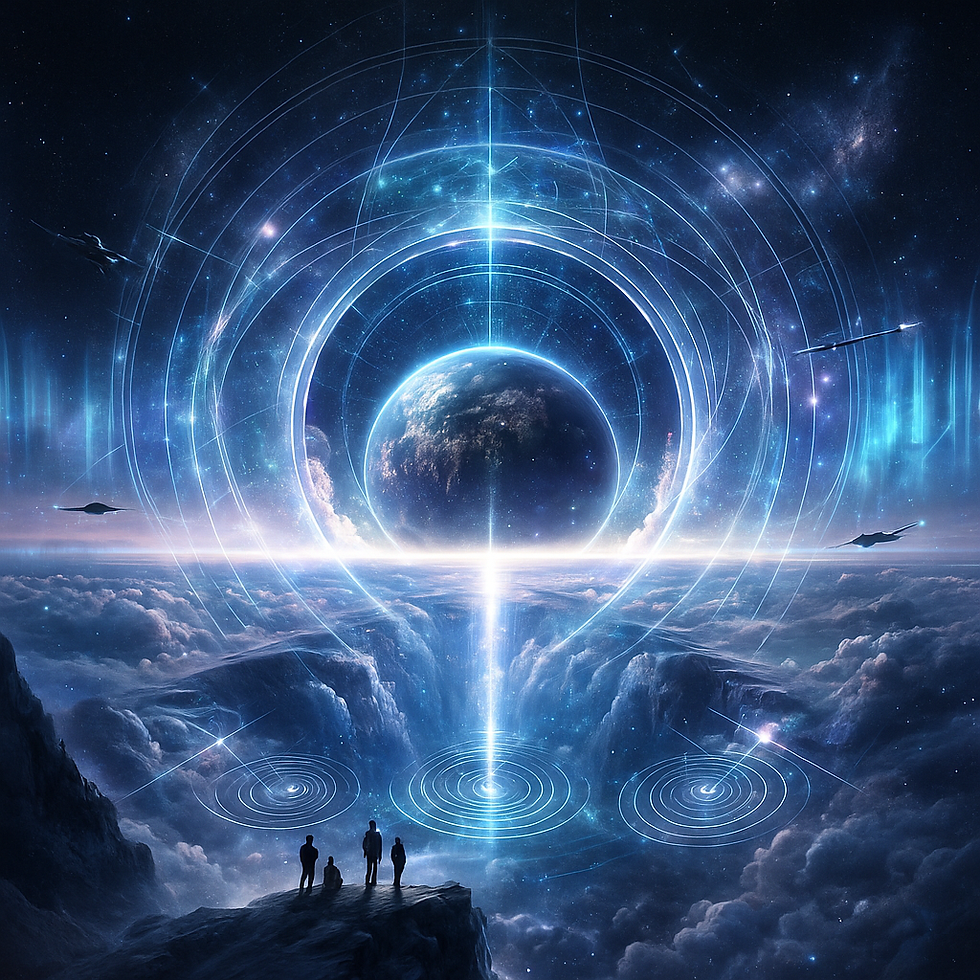Cydonia: The Face on Mars
- nvtvptpenrose
- Sep 29
- 2 min read
In 1976, NASA’s Viking 1 orbiter swept across the red deserts of Mars and captured an image that would ripple for decades. Among the mesas and ridges of a region called Cydonia, one formation stared back at us. A mile-long mesa shaped like a human face, gazing skyward with eyes, nose, and mouth clear against the dust. Beside it, other landforms rose in strange symmetry, their arrangement resembling pyramids set in deliberate pattern. NASA released the photo, calling it a trick of light. But once the image reached the public, the question was alive: had we glimpsed ruins on Mars?

The official answer came quickly. The “Face on Mars” was dismissed as pareidolia, the mind seeing patterns where none exist. The pyramids were called natural hills. Later missions sent higher-resolution cameras to re-image the site. The face appeared blurred, eroded, less distinct. NASA concluded the mystery was over. But the story did not end. The higher-resolution images showed detail, but they also raised new questions. Why did the original formation align so closely to human features? Why did the surrounding hills echo ratios found in ancient structures on Earth? And why was the entire subject mocked into silence instead of explored with open curiosity?
Cydonia sits at the boundary between Mars’ northern plains and southern highlands, a transitional zone where geology shifts. That alone could explain unusual shapes. Yet when you triangulate the anomalies; the face, the pyramid-like mounds, and the symmetry, a slightly deeper possibility emerges. If civilizations existed on Mars long before Earth’s current memory, erosion would bury and distort their works until they looked like weathered hills. A million years of wind would soften edges, blur details, and leave only faint echoes. What remains at Cydonia could be those echoes.
The pattern of how the anomaly was handled tells its own story. First a shocking image is revealed. Then a wave of ridicule follows. Then higher-resolution photos are released that appear to close the case, though they never fully erase the original question. This cycle has repeated across decades with other anomalies, from lunar ruins to Martian glass tunnels to the Black Knight satellite. The aim is not just to debunk but to discourage curiosity, to seal memory before it spreads.
Even if Cydonia is a natural formation, the deeper unveiling remains. Why does every potential crack in the narrative get buried under mockery instead of explored with transparency? Why are anomalies treated as threats rather than opportunities for discovery? The silence around Cydonia speaks louder than the photos themselves.
Viewed through the mythic lens, the Face on Mars becomes more than a mesa. It becomes a marker. Beneath Earth, Antarctica holds a vault of memory. Above Earth, the Black Knight drifts in silence. And on Mars, the red planet that has haunted human myth for millennia, a face gazes back across space, reminding us that our story may not begin or end on this world.
The question is no longer whether the face is real. The question is why humanity is told to look away every time memory tries to surface.
The face on Mars may be stone, or it may be ruin. The truth is in the silence that surrounds it.
Click Here for FREE Blogs
Click Here for All Access




Comments